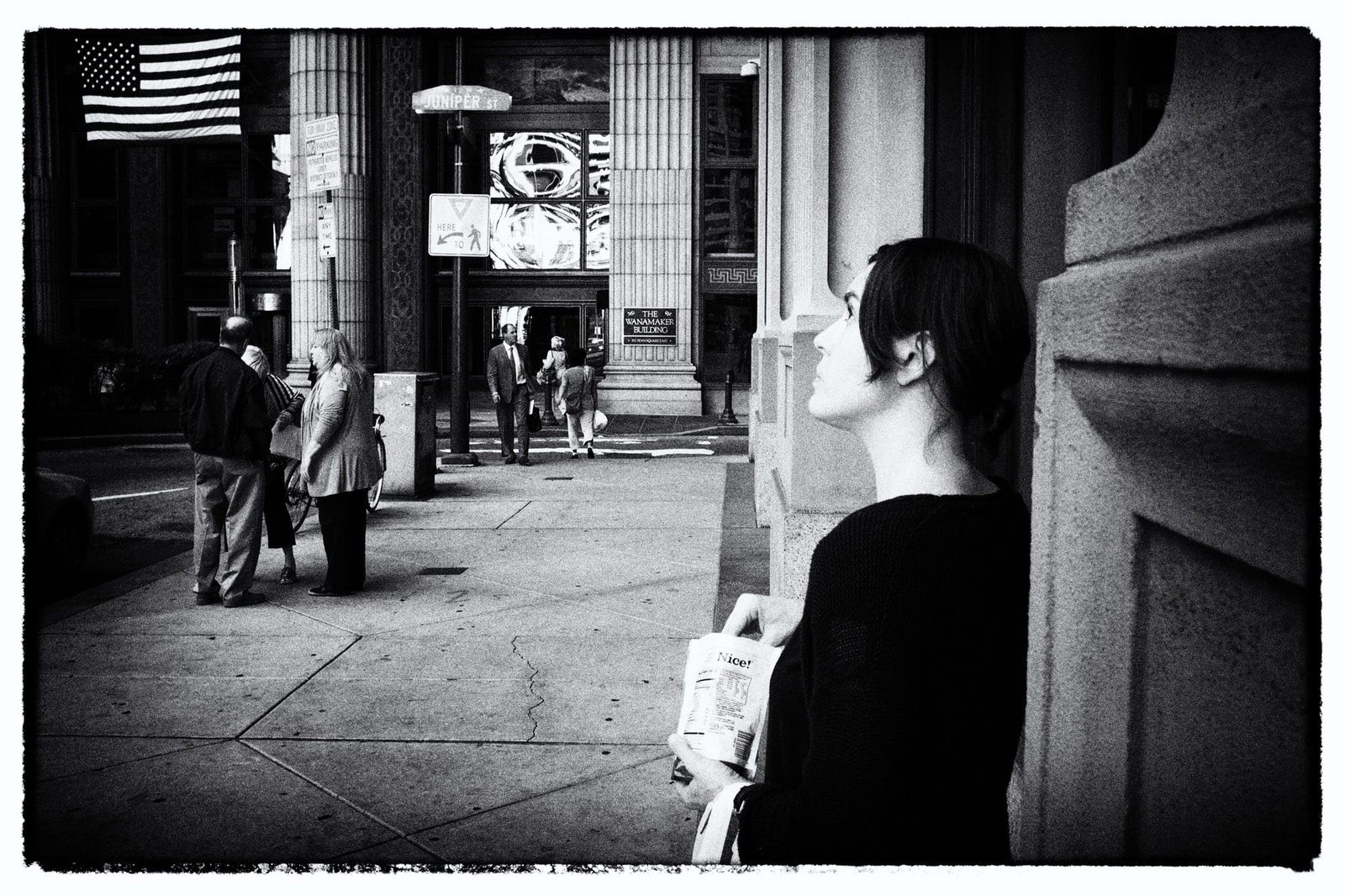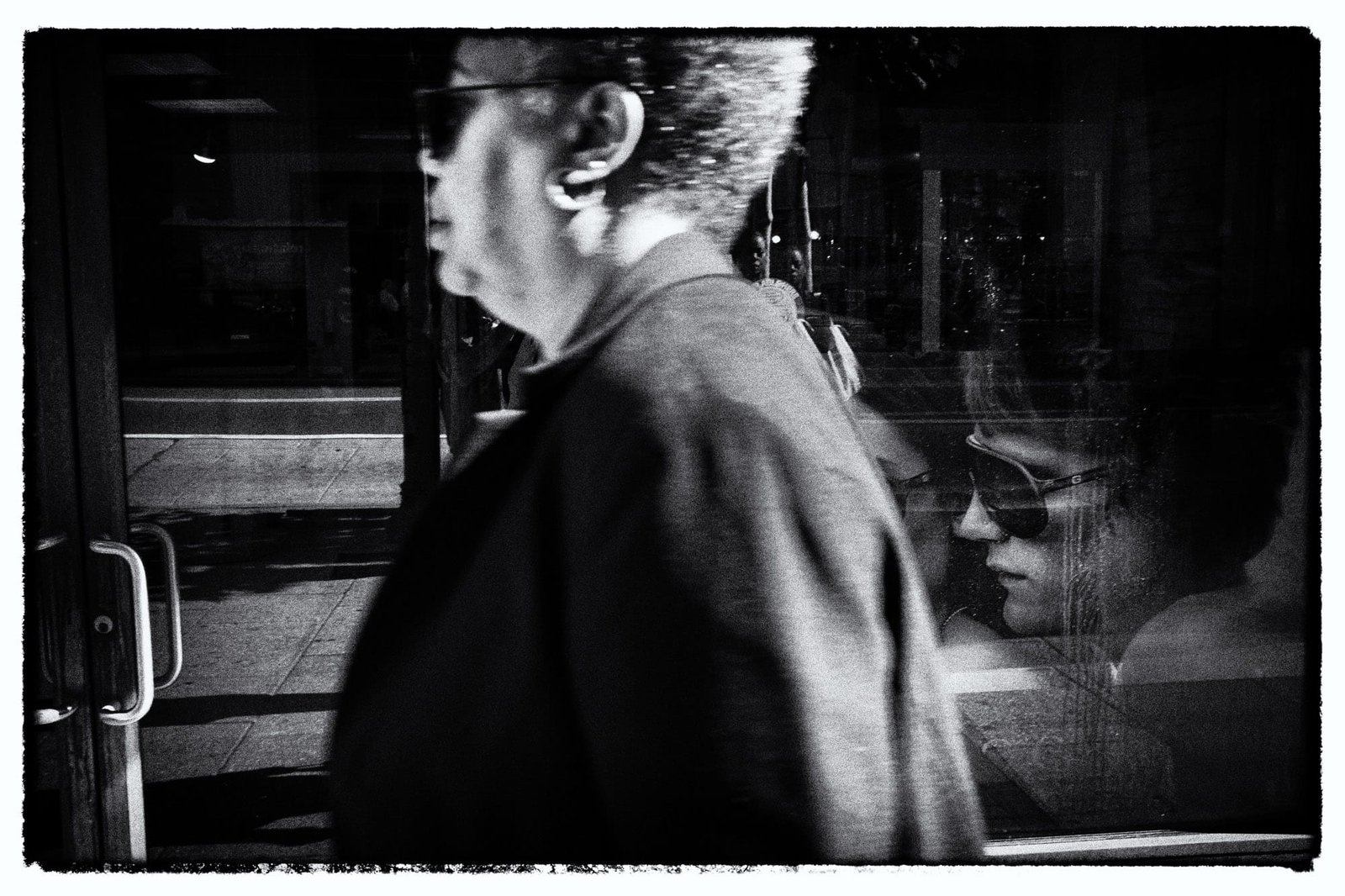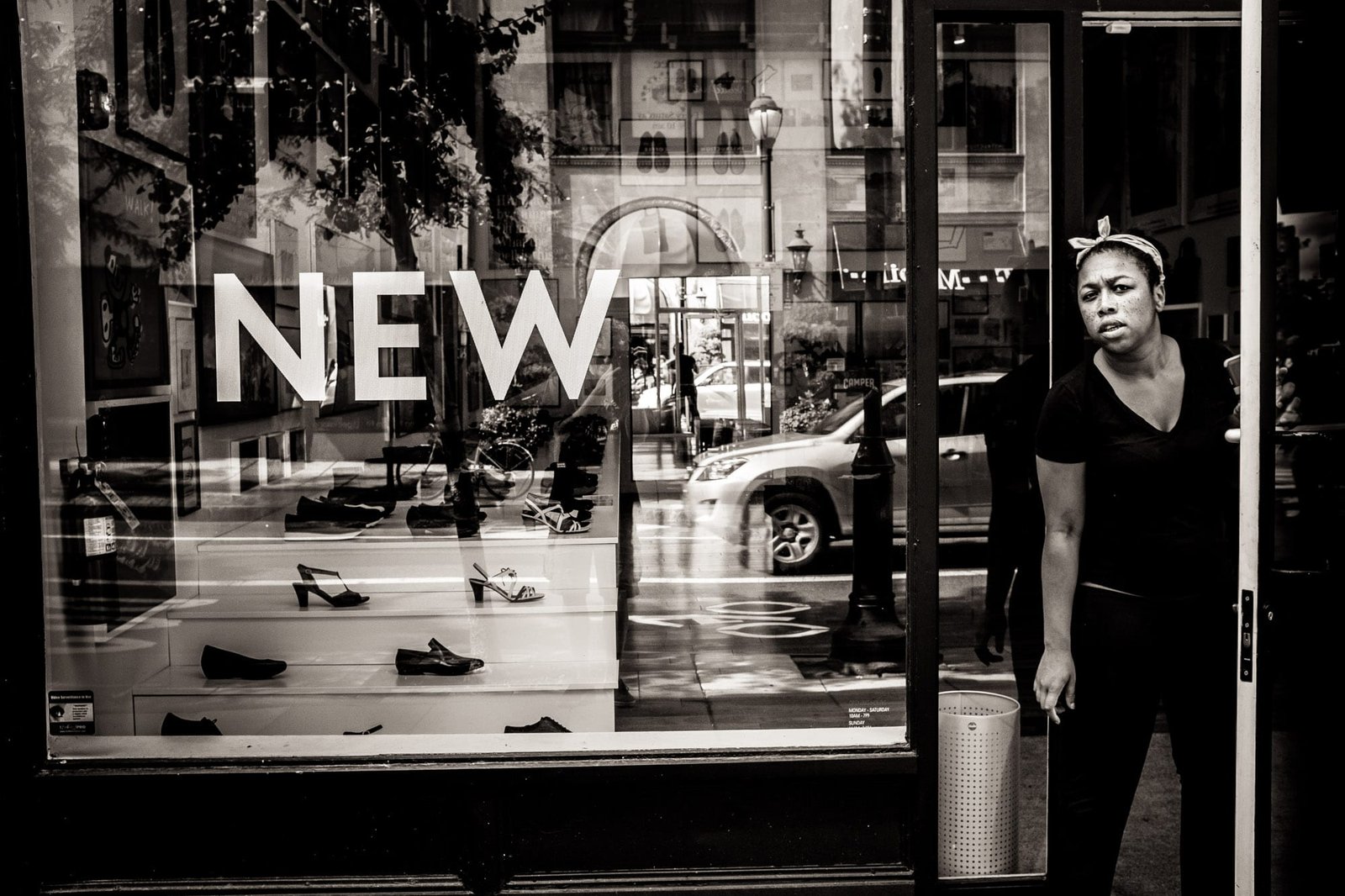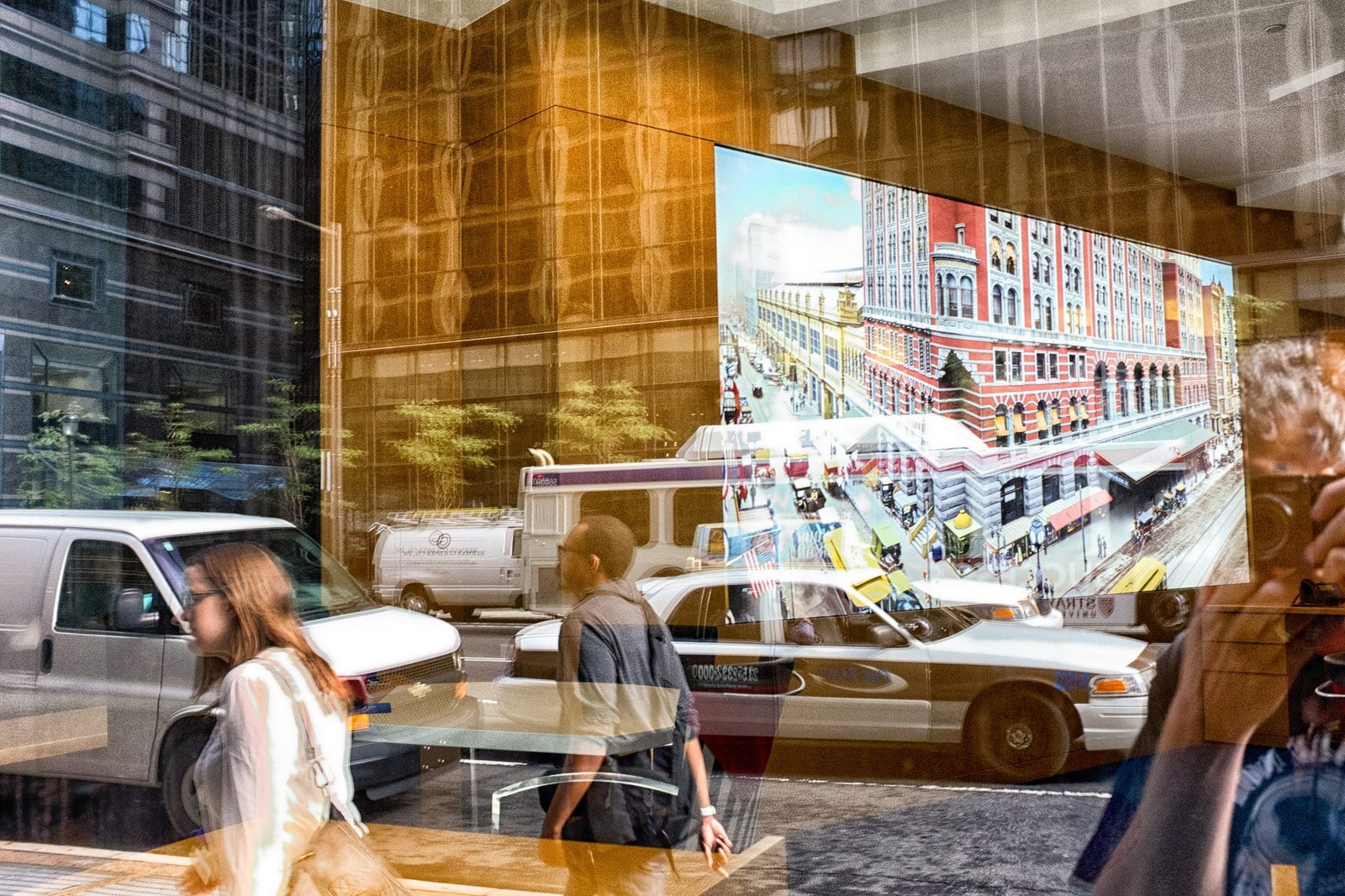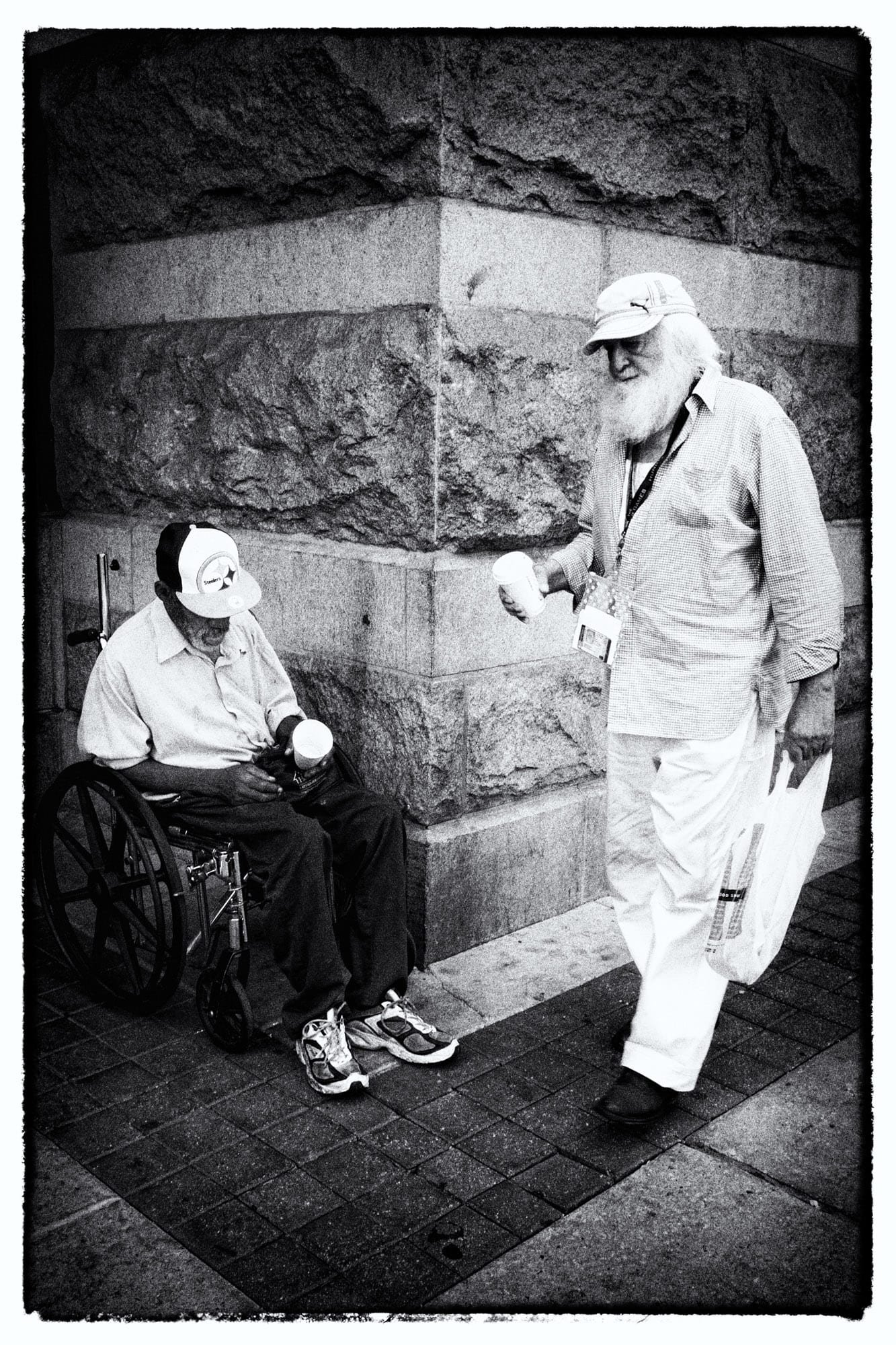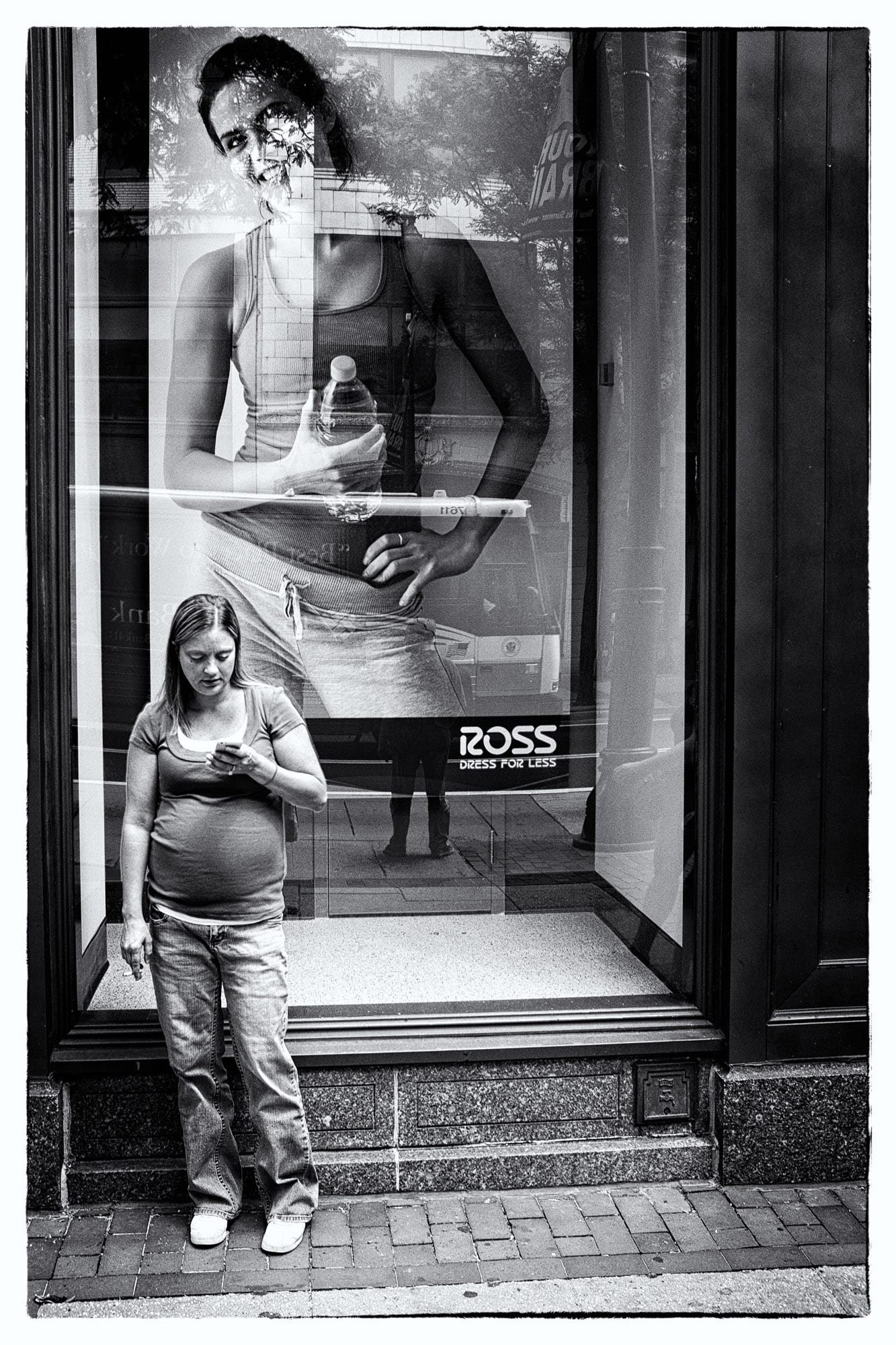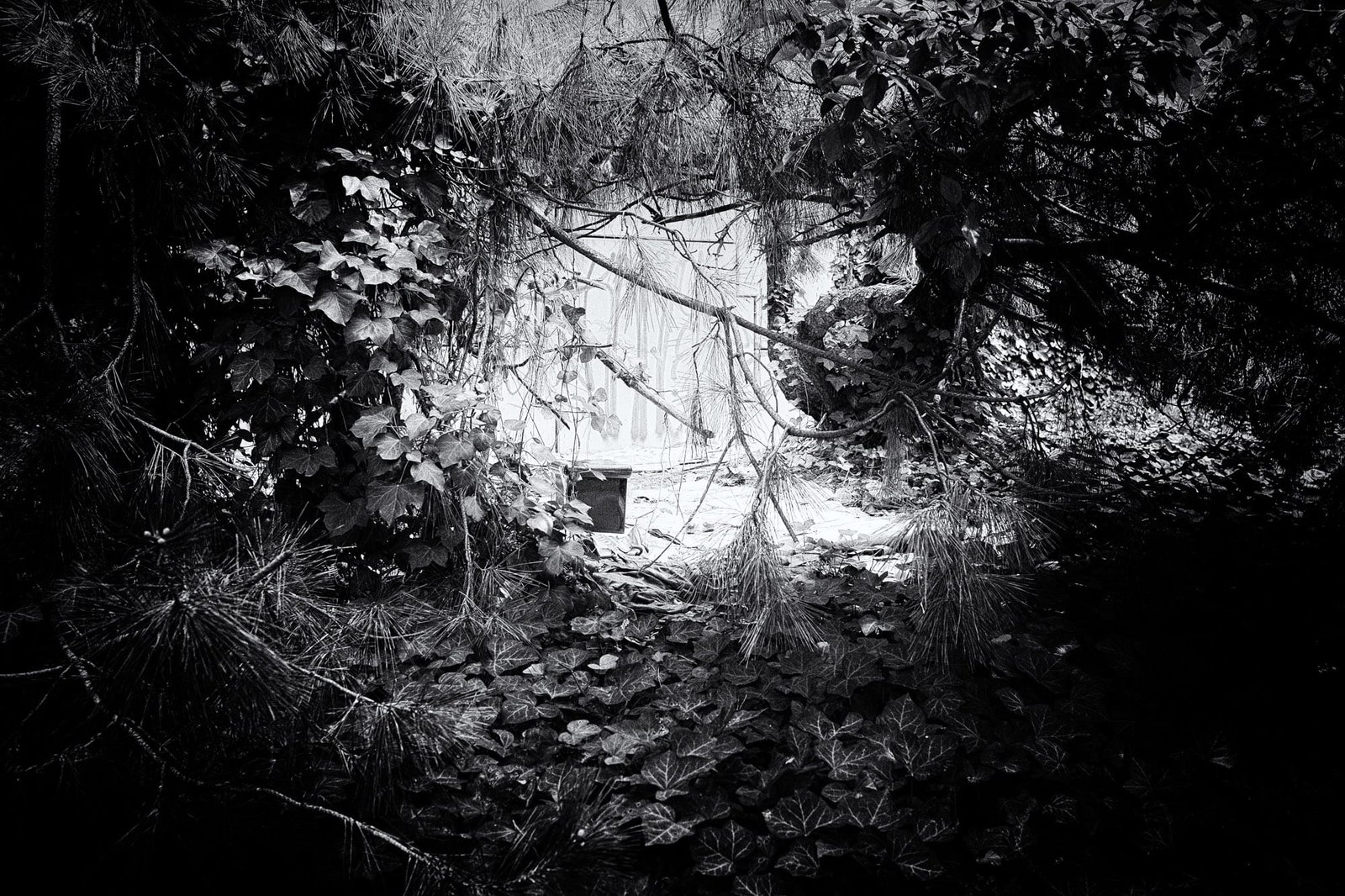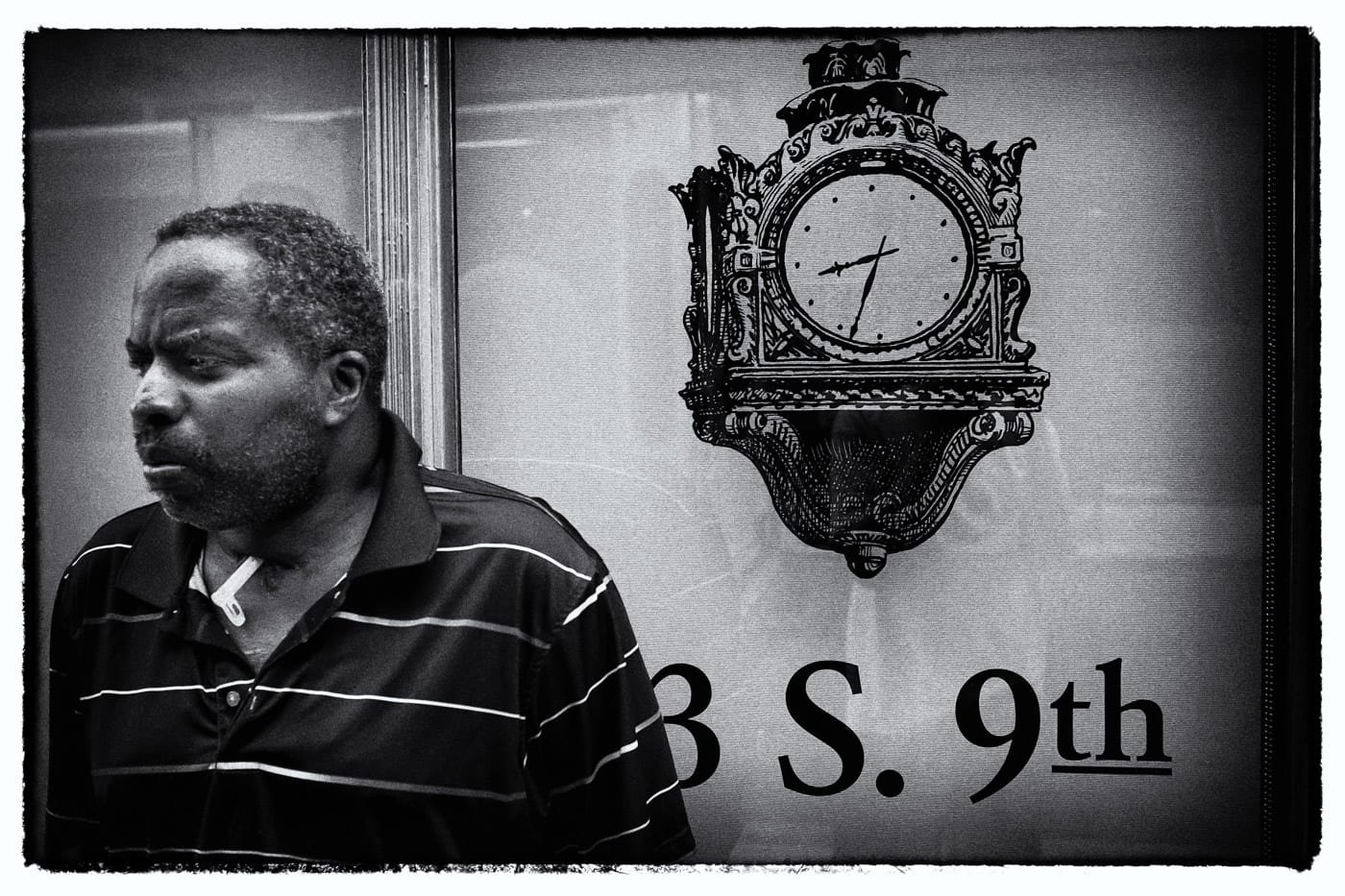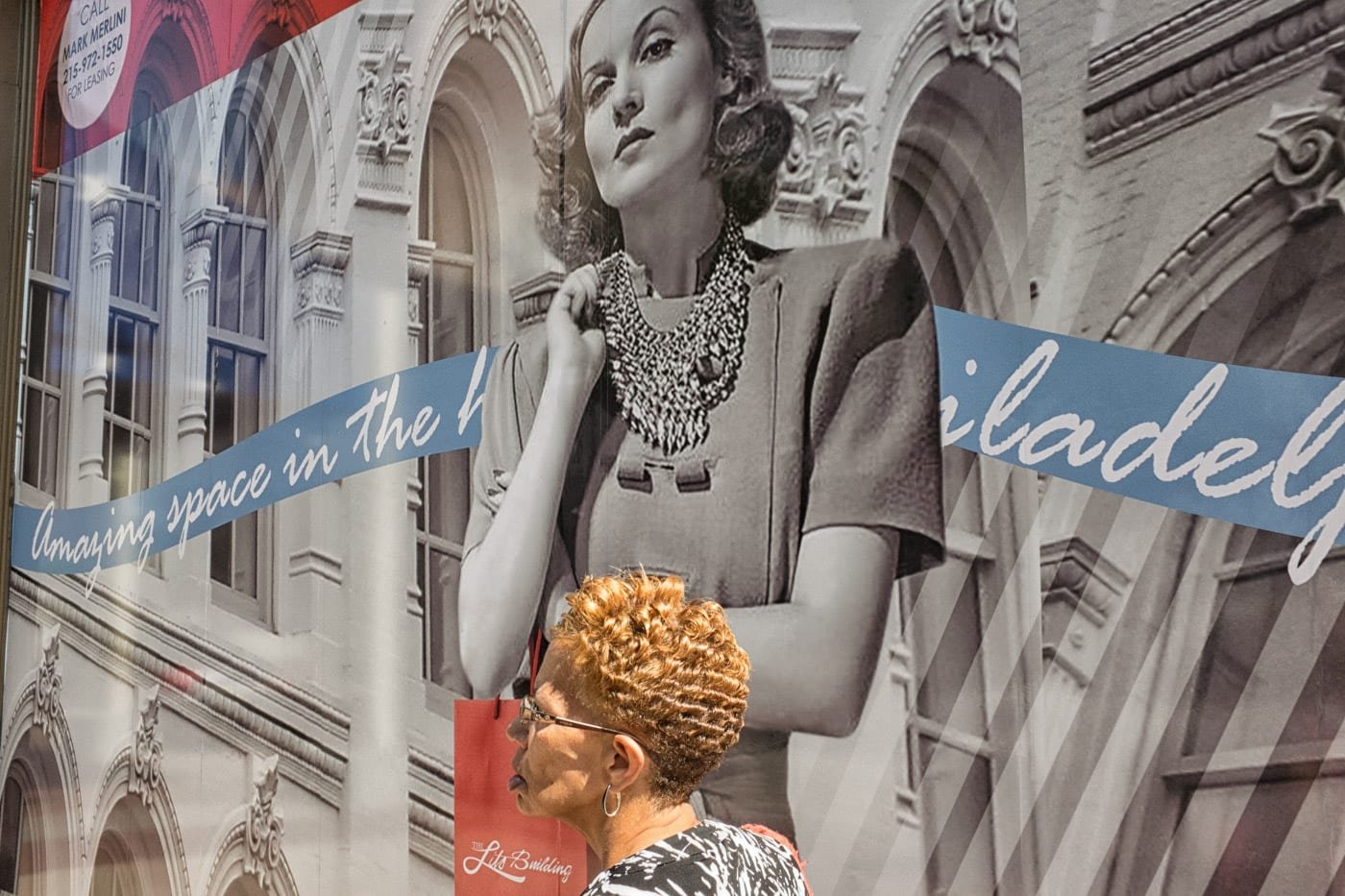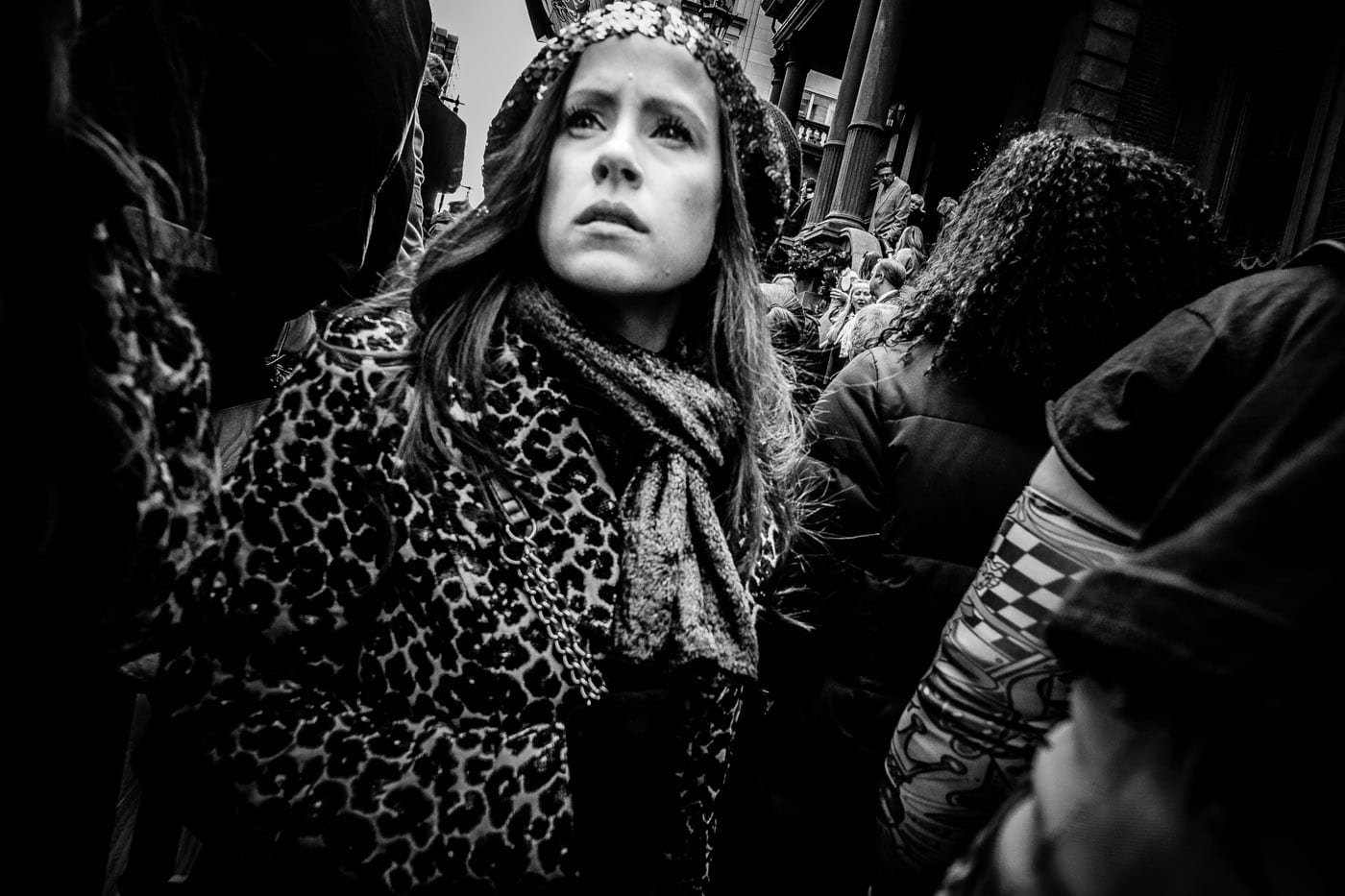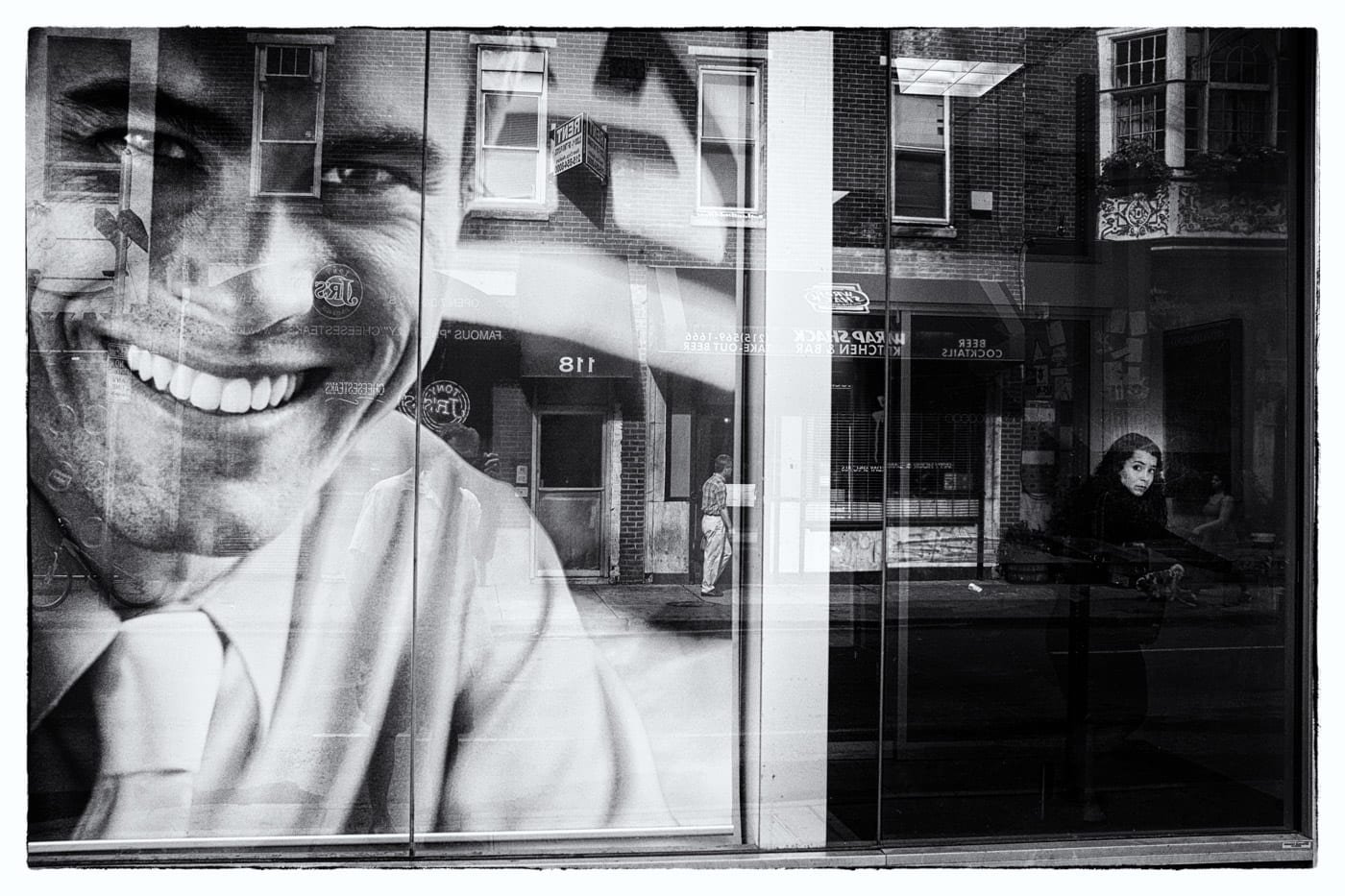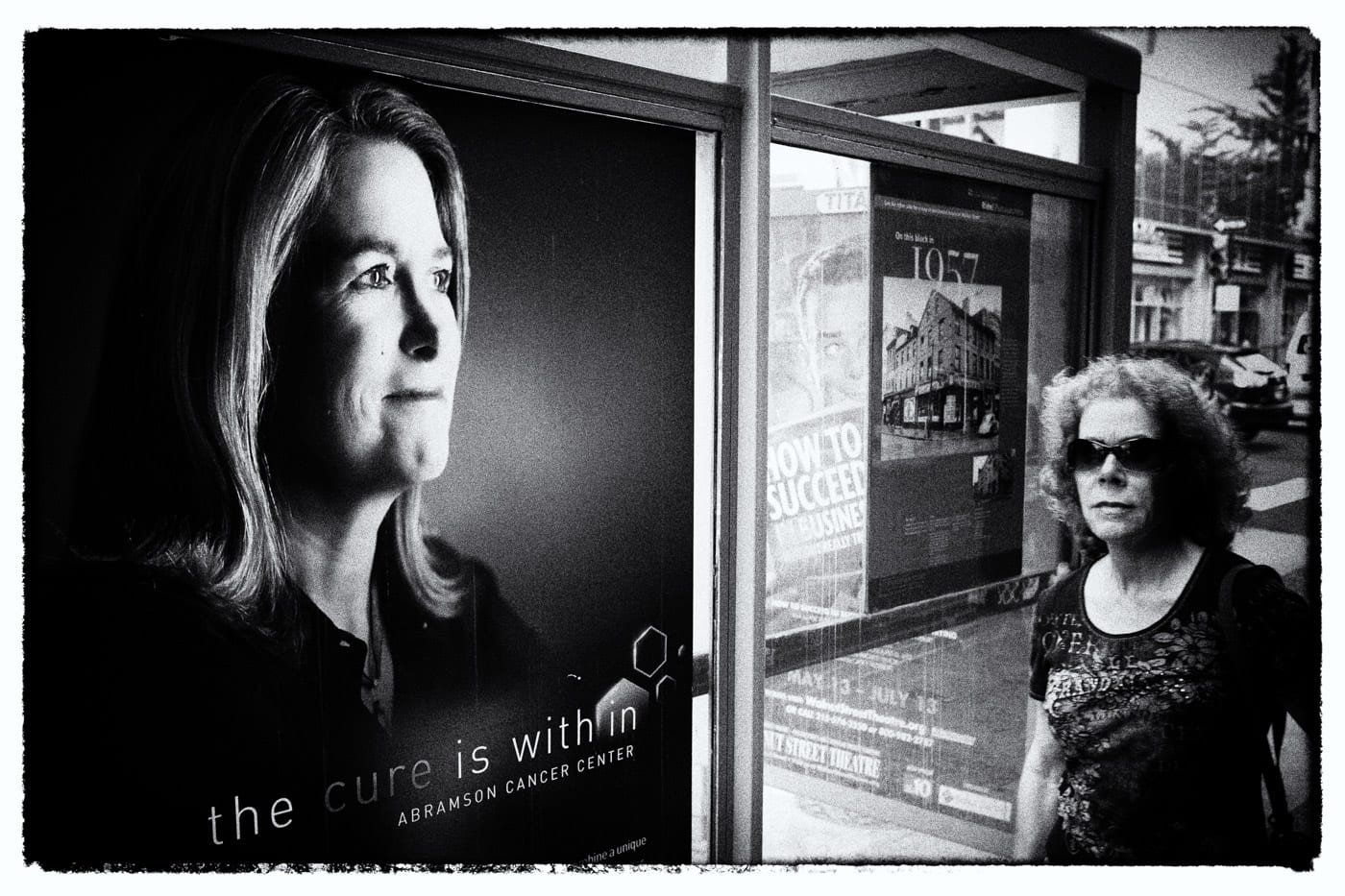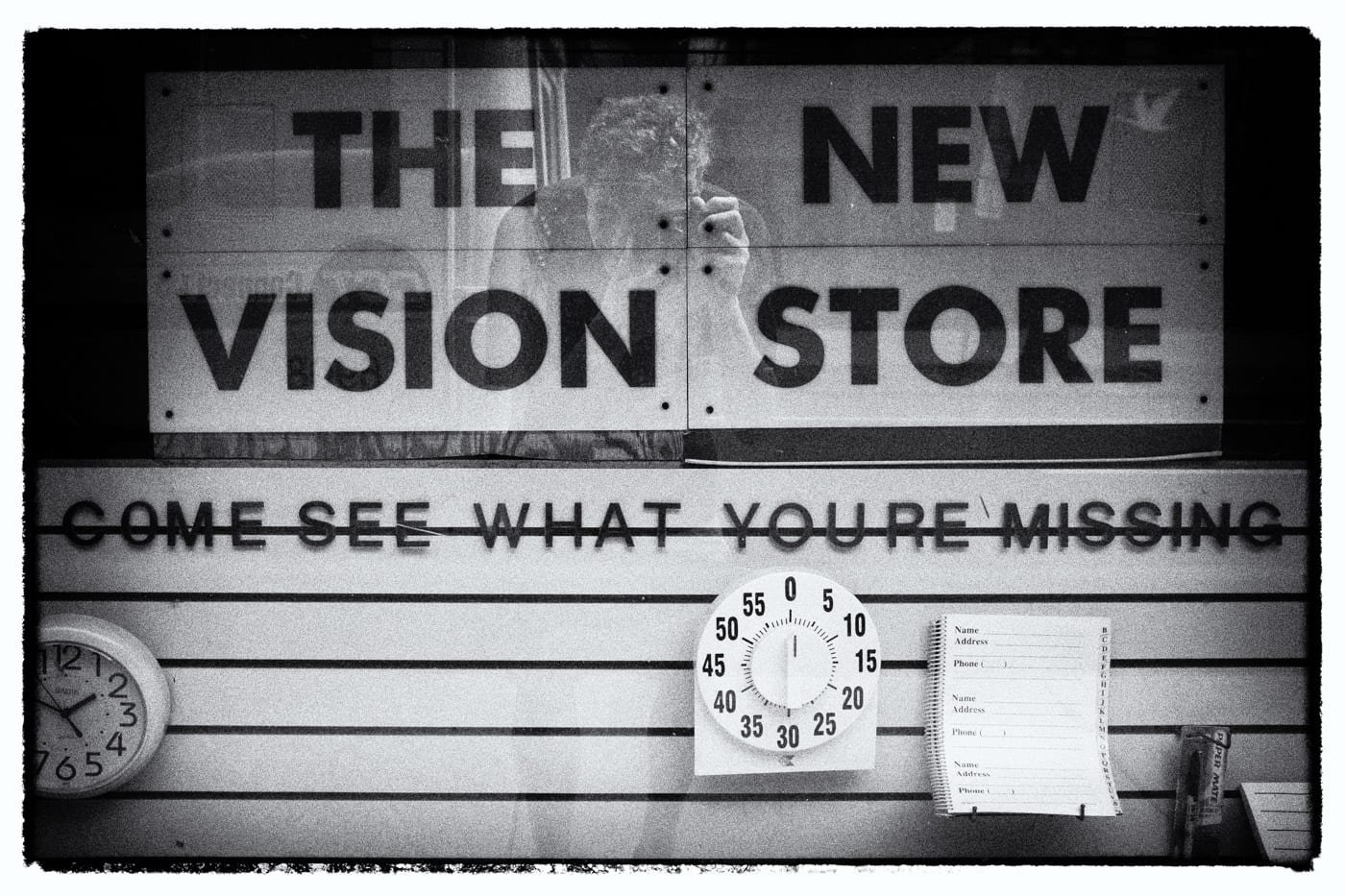 There is one major difference between the Fuji X100s and the Fuji X-20. No, it’s not the mp or the processing engine. It’s not the UI or Grip. It’s not the size or even the battery. All these things one could compare and see a difference. I think the most important thing that distinguishes the the cameras from each other is none of the above,
There is one major difference between the Fuji X100s and the Fuji X-20. No, it’s not the mp or the processing engine. It’s not the UI or Grip. It’s not the size or even the battery. All these things one could compare and see a difference. I think the most important thing that distinguishes the the cameras from each other is none of the above,
 The important thing for shooters is the ASPECT RATIO. Yeah of course it’s obvious but, why didn’t you write about it? ok then, let me get into this a little. Here’s the thing. The frame or box as we call it must be seen from a few vantage points.
The important thing for shooters is the ASPECT RATIO. Yeah of course it’s obvious but, why didn’t you write about it? ok then, let me get into this a little. Here’s the thing. The frame or box as we call it must be seen from a few vantage points.
!st…. the idea of seeing your frame as a BOX or a Window. This works in a few ways…..
psychologically, if we see a frame as a BOX, that means we are seeing a confined area and we deal with what’s inside that frame on it’s own.
The other ways is to see the frame as a WINDOW and leave ourselves open to the possibilities to what may come into our frame and thus be aware of things around us. Both methods are acceptable and should be applied as the shooter sees fit. Of course the camera plays a bit in the but it’s easy to adapt to any camera if one desires to use it. I can’t of course and will throw cameras out the window if they bug me…..of course this has never happened but it could. I leave myself open to the possibility of Camera Throwing Out The Window Procedures.
 The real important thing between cameras is how IT SEES and how it FORCES you to SEE. The ASPECT RATIO is just about that. You have, well I have 3:2 in the Fuji X100s and I have 4:3 in the Fuji X-20. It may seem like it’s not a big difference but dynamically, it sure as heck…..is. The words active/passive come to play here. NO! I’m not showing examples altho’ I did really.
The real important thing between cameras is how IT SEES and how it FORCES you to SEE. The ASPECT RATIO is just about that. You have, well I have 3:2 in the Fuji X100s and I have 4:3 in the Fuji X-20. It may seem like it’s not a big difference but dynamically, it sure as heck…..is. The words active/passive come to play here. NO! I’m not showing examples altho’ I did really.
Use your images to compare, ok? 4:3 is a passive rectangle. 3:2 is an active rectangle. This means whether you are aware of this or not, it effects how you frame you shot. It also effects how the viewer sees the photo and the info it contains.
So using the 2 cameras means to be aware more of aspect ratio than anything else.
 Then of course we have to take Horizontal vs Vertical into play. This also has an effect on framing and viewing. You need to be aware of this so that you can understand how your camera works with your vision.
Then of course we have to take Horizontal vs Vertical into play. This also has an effect on framing and viewing. You need to be aware of this so that you can understand how your camera works with your vision.
So both cameras have their merits but really, aspect ratio is the biggest advantage between the two.
It’s Sunday morning and I’m beat. Another bad night for sleep. So, I’ll sign off and continue this tomorrow when my Brain comes back from vacation. I think it’s due back on the job tonight sometime……..
……………………………………………………………………..end transmission……………………………………………………………………………….



